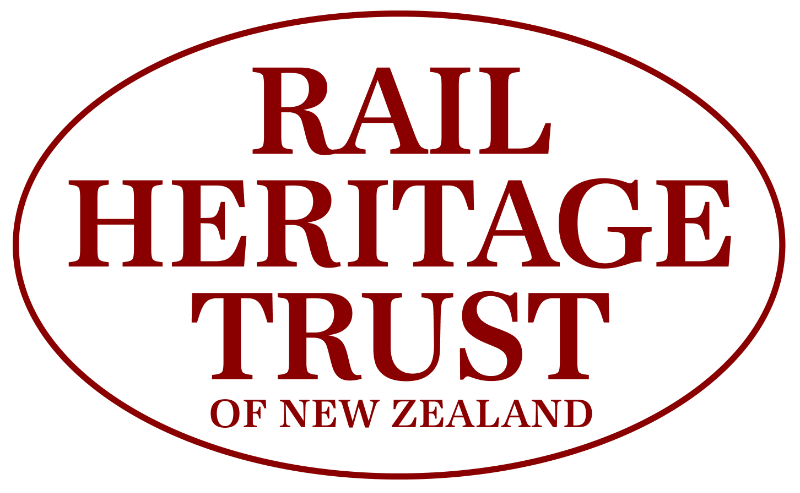Railway Housing for New Zealand Operating Staff
Over 6000 New Zealand Railway Houses Built:
from early buildings erected in the 1880s to modern state-house designs of the 1970s
Most railway systems traditionally supplied accommodation to some of their operating staff, especially in more remote locations where houses would not be available, or for itinerant workers such as single men who moved around the system as their work required.
New Zealand’s railways were no exception to this general pattern. While there had been houses available to railway staff since the 1880s, an urgent need to provide low-cost housing close to both rural and urban stations became apparent with the continuing development of railways after World War I. Railways decided to enter into a large-scale house construction scheme, which would help solve this problem.
1921-29 : Troup Designed Houses from the Frankton Junction Factory
In 1919 the Architectural Branch of Railways, led by George Troup, developed a scheme to mass produce architecturally designed houses, pre-cut in a factory at Frankton Junction. The factory was erected in 1921-22 and production began in 1923 using mainly timber from Railways-owned indigenous forests. Standard parts were cut, numbered, and marked for specific house types, and complete kit-sets for houses were railed to various sites around the North Island. The houses took two to three weeks to assemble. When the factory closed in 1929 over 1591 houses plus other buildings had been made, the majority in the period 1924-27.
1950s onwards : Reduced Housing Needs Due to Contraction of the Railways and More Efficient Operating Systems
At its maximum, the Railways housing “fleet” numbered some 6000, ranging in age from very early buildings erected in the 1880s to modem state-house design, or better, built in the 1970s. But as Railways contracted in size from the 1950s, and as staff were concentrated in larger centres, the need for this large number of houses steadily reduced. Changes in signalling, reductions in locomotive staff and less labour-intensive track maintenance methods combined to reduce housing needs, until by the mid 1980s there were fewer than 3000 left, with the number reducing steadily.
1988 : Railway Housing Sold
As part of the wide-scale restructuring of that period it was decided in 1988 to sell all remaining houses. Most went to a single buyer, who maintained some railway tenancies as part of the deal.
While many houses were in small groups in rural settlements, there were notable concentrations in localities such as Frankton Junction, which had its own sport facilities and social hall, and Ngaio (Wellington), with lesser but significant blocks in towns such as New Plymouth, Greymouth, Taihape, Ohakune and Taumarunui.
The single men’s hostels and camps or compounds scattered around the country were phased out in the early 1980s.
Housing Register
There are no items of the type housing in the register.
